8. Barry Egan’s Blue Suit in “Punch-Drunk Love”
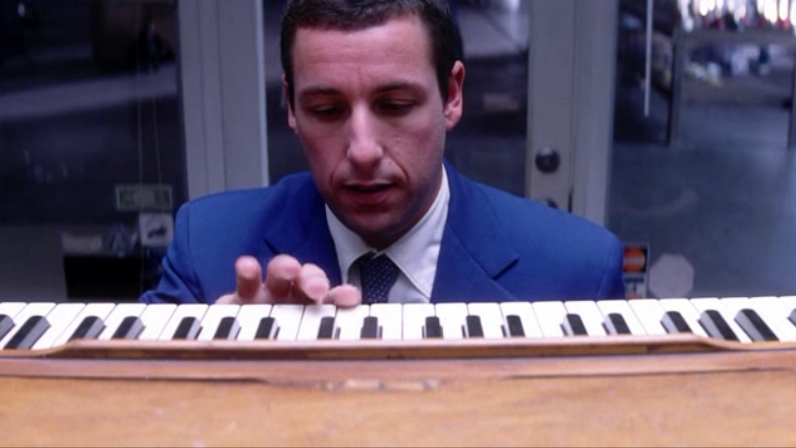
To construct a character, you have to put everything in mind. Not just everything about how he talks, what he says in gestures or his friends, but every detail about a character that communicates.
A character is a walking and talking (in most cases) being that has inherent meaning to his or her existence, and Barry Egan is one of the most beautifully constructed characters cinema has seen, especially in the over-populated realm of romantic movies.
Romanticism shows a whole new side in this Paul Thomas Anderson film. His take is more about the progression of romance and how love comes literally from a blue hue. This is a trait that is often lost in movies, as characters nowadays don’t seem to carry their mood in the correct demeanor. Most seem to only protrude it in words and self-damaging actions.
Barry thinks otherwise; he shatters windows out of nowhere and he has manic impulses. He IS love, and when he finds it, it has an interest in showing him enjoying the conquest of it, rather than the chase.
A perhaps not-so-advisable election in real life, but one that makes us wonder how often we seize the bursts of passion that perhaps aren’t there later. You just can’t picture Barry in a different suit after this film.
7. The Potter’s Wheel in “Ghost” (1990)

It may be perhaps one of the most representative scenes in the innuendo of lovemaking onscreen (along with any Michael Bolton song), but there is more to it than embracing your partner from behind during a craft-making class in the dark.
It is about human connection through the most simple of elements. It is difficult to not to draw a grin either when reading or writing this, as to how this scene has allocated a comedic sense in recent times, but there are certain elements from a well-written screenplay and fine camerawork that are present here.
It isn’t a movie that they are watching together, nor is it a dinner. It is an activity that is very true to the Scriptures (yep, time to go Biblical). It has clay, the dust of men (from the book of Genesis), and it is rearranged in the Adam and Eve encounter. This lovemaking foreplay is creation! Despite it now being a satirical scene, in its time it was beloved, and it should be because film is an incredible place for metaphors and analogies. It is difficult to tell a story in a limited time.
Think of how we have a whole lifetime (counting the cycle of sleep) to think and to construct meaning. A movie is about two hours, more or less, that condense meaning in a creative way, and “Ghost” is no exception.
6. “Mo Chuisle” Robe in “Million Dollar Baby” (2004)
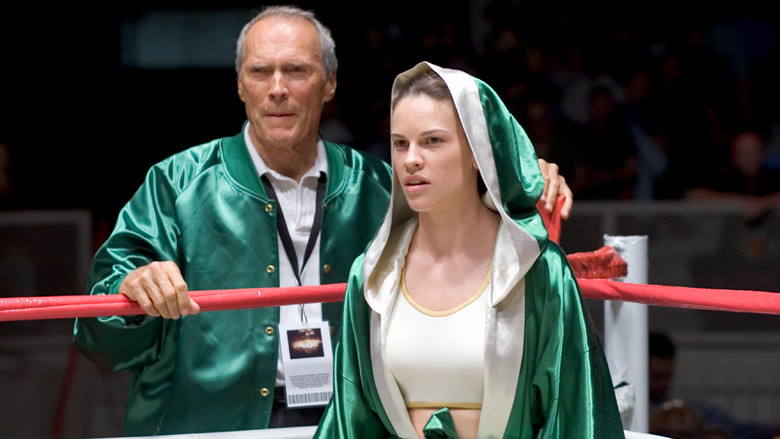
This ultimately very sad story proves to be one of the ongoing steps on Clint Eastwood’s journey as an incredible director. The inherently sad worlds he conceives always have silver linings, and the robe Hilary Swank wears is that, and what it stands for.
The motto, “Mo Chuisle” (spelled incorrectly in the film as “Mo Cuishle”), is a brilliant piece of screenwriting that wraps around the film and adds hope in one of the strongest and most defiant tearjerkers of contemporary filmmaking.
The meaning of this Irish nickname Frankie gave Maggie stands for “my darling, my blood” – my pulse – and how Frankie truly connected with Maggie and her fighting spirit, despite his rejections at the beginning of the film. This is a true testament as to how souls can find their matches despite age, time, profession or nature, enveloping what passion and relationships truly are.
5. The Yellow Van in “Little Miss Sunshine” (2006)
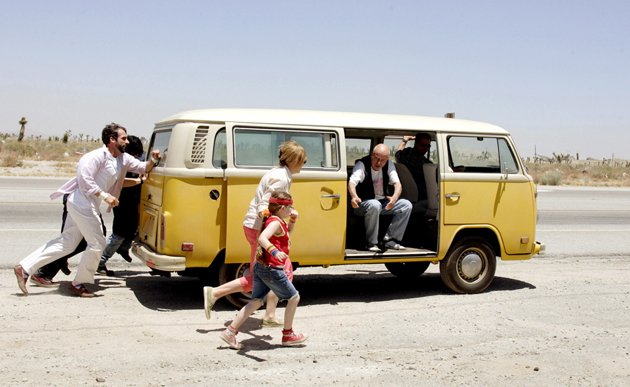
Space is key to every story; the place where things happen add significant detail to every situation. The location of things not only helps create atmospheres, but also rearranges expectations and changes the table for the characters in play at the given moment.
This happens to an incredible extent in the van that Richard, Sheryl, Frank, Olive, Dwayne and Edwin share. In terms of its screenplay, this is an artifice, a device writers use to help the story move forward. The choice could have been a very different one, but it had to be this malfunctioning yellow van. Not blue, not orange, not modern, not an even older model. Only this van could have helped.
Think in terms of the writers here. You have these characters, each with a very distinct demeanor, with spectacularly different backgrounds and even more elevated turmoils, and yet you have a mission to put them together. The van is the perfect metaphor for this. Like one of Jean-Paul Sartre’s finest works, the van is constructed.
It is a space for transition, and it isn’t fixated on a position that dwells on expectations regarding when to work or not work, ultimately relying on the literal push of its characters, conveying in its yellowness whatever kind of hope is found in “Little Miss Sunshine”, but despite the packaging, hope nevertheless.
4. Ryan Gosling’s Scorpion Jacket in “Drive” (2011)

If there is one mesmerizing piece of clothing, it’s this one. Never could a risqué driver-esque jacket be so enigmatic. This flamboyant piece of clothing follows Driver’s (Ryan Gosling) story throughout the film, leaving the viewer guessing if it’s just for decorative means or if it has some story to tell on its own, and this jacket has one hell of a story.
What shocks about the story of this strange jacket, and the scorpion it has embroidered on its back, is the momentum of the revelation and the story it tells.
The momentum is the ultimate turn of events, as Driver’s nature is finally shown. Throughout the film, he’s had the skin of a chameleon, never revealing his identity, and now that he reveals it, it comes at the moment the tides turn and the fire he’s been fighting is about to meet an incendiary mayhem.
The story, in a nutshell: Most of us had probably heard the story when we were kids, from the spectre of moral-inducing teachings, and this is what makes the revelation even more unnerving. How could the ripple effects of a toddler’s tale could be so unsettling? No one ever thought as a child that years later, the effect of this “scorpion and frog” story could be not only applicable, but applicable to this degree.
3. Leonardo DiCaprio’s Spinning Top in “Inception” (2010)
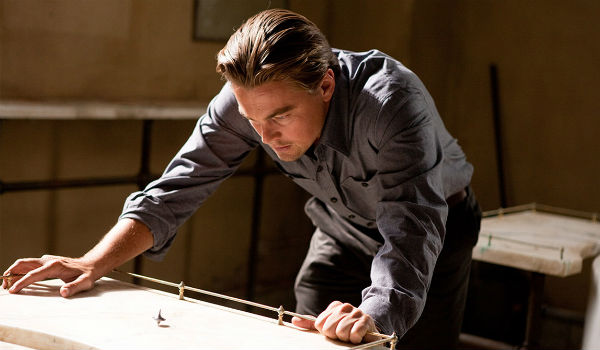
Arthur (Joseph Gordon-Levitt) swiftly explains to the precocious and adventurous Ariadne (Ellen Page) how important these sort of totems are in the realm of “Inception”, being the connection to literally waking up.
These personalized and memory-infused objects are really a metaphor for the whole thing, as to how powerful the things are that we select from our environment, and immediately name them and attach to them more than just an emotion but an experience.
There is so much more to just things. Not to be pro-materialistic here, but do the exercise of exploring your pockets right now, your drawers, or room. A keychain, a pair of glasses, a necklace. All of these things are unique to us in a way that only we understand, and they keep us from falling asleep in the machinery of everyday life. Boom! You just got the meaning of “Inception” right there.
Now, to take it down a notch with a more ballad-esque tempo explanation, the totems are those personal links the characters in “Inception” have to help them distinguish reality from ethereal fantasies.
Arthur has his red loaded die. He is the real risk taker, despite being appealingly calm, yet he is the WOW factor of the film many times over (just keep in mind that elevator sequence). He IS chance, yet he always knows that like most of us, he has odds to draw against every day.
Ariadne is beautifully and intendedly named after the mythological Greek daughter of Minos (as in Minotaur – yep, the labyrinth pun is really well constructed).
Anyway, her totem is a slightly-hollowed bishop chess piece. Is she just that? A piece in the dream-labyrinth machinery? She is so much more, and that is how she knows it isn’t a dream; she can drop the piece. The thing about her is how her role as a novice and apprentice is more than that; like Arthur, she’s a real game-changer who has to constantly challenge her condition with another intricate scenario, like chess.
And now Cobb’s (Leonardo DiCaprio) totem. What’s with it being a simple spinning top? It is very different than the other totems in the way its constant movement defies the grounded reality of the dream.
This deep contradiction is the big obstacle of “Inception”, in how the ordinary world takes the place of dreams and reality replaces the latter. In this contradiction is a simple spinning top, and the brilliant ending of this film is incredibly arranged around a single object.
2. Wilson in “Cast Away” (2000)
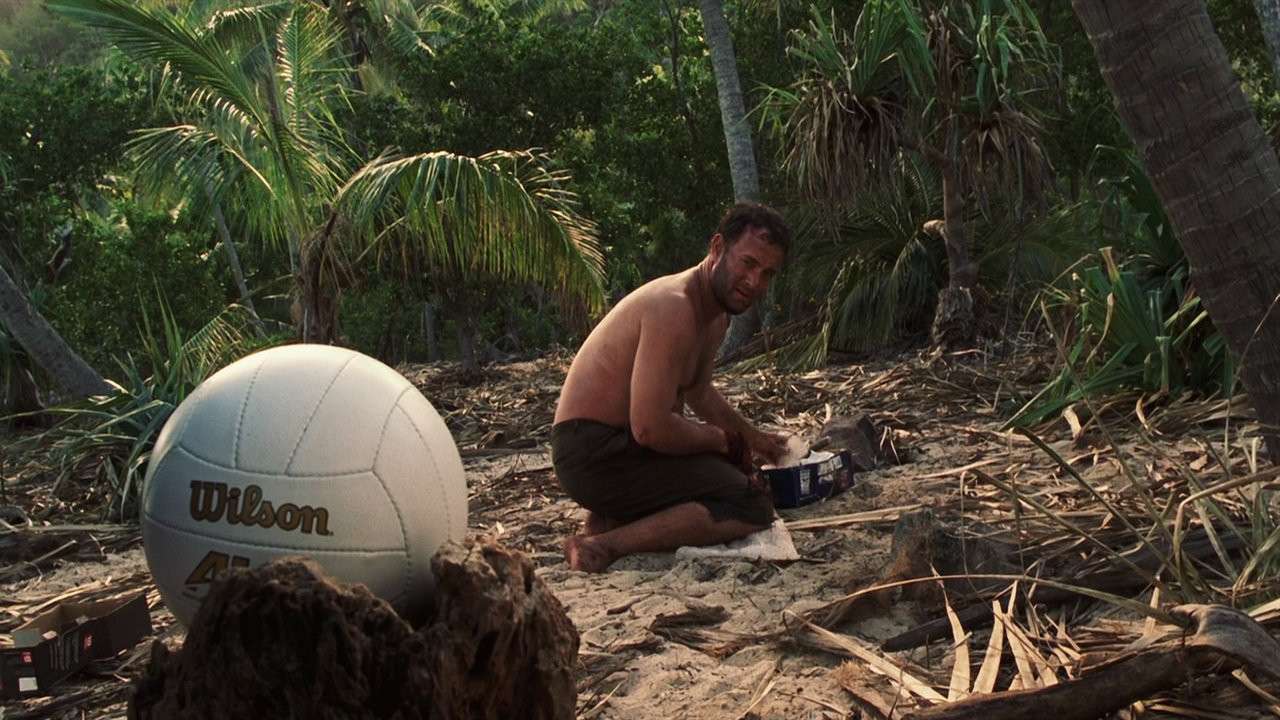
If there is any story driven by a sole thematic drive that is never abandoned, it’s this one. The meaning of survival extends to everything that touches Chuck’s (Tom Hanks) fate, and this is why it’s so brilliant to accommodate a world of despair and survival that is built around a single prop, a meaningless object; literally, a Wilson volleyball.
The nature of Wilson is rugged and down-to-earth. There is no necessity to immerse the viewer in parallel lines that draw them to other persons in Chuck’s life.
That is a resource most films tend to utilize nowadays, in order to patch things and disperse things, but Chuck has proven throughout the story to be (in the truest aspect of the word) pragmatic and resourceful. He doesn’t need a Martin, Claudia, Luther, Erick or Arnold.
He needs this everyman that has come his way, and his name is Wilson; his name belongs to a realm of fond memories, of human interaction. Who could have thought brands could have such an impact? However, everything that adorns the radius of what we do everyday tends to say more about us than what we are perhaps willing to say.
Wilson is the perfect projection for Chuck’s dismembered psyche, being a beacon of distress and frustration, but a rare source of company. As the story develops, his dramatic arc starts becoming more of a link, a connection with the island that makes it a place he can reside, despite it being a personal hell.
One of the few things people constantly search for but never seem to acquire is a home. Be it temporary, be it unbearable, be it a time more than a space, but still a home. Who would imagine one could find so much meaning in a piece of sports equipment? Be thoughtful and kind in your next volleyball match.
1. Joker’s Helmet in “Full Metal Jacket” (1987)

This is the perfect antithesis that a single object could bestow so nicely, in the way Joker’s character is more than a mere mannequin, but rather the condensed struggle of war. The comedic nature of his name and demeanor would later be crucial in movies that would confront war, like “Jarhead” (2005), shaping insightful resources like comedy to be so humane and nurturing in the face of adversity.
Joker’s helmet is the physical representation of his demeanor. The usual process would have been the inverse, having the character being influenced by an object. In this film, the protagonist conveyed his “style” and approach to his profession in a way that could make him withstand the mayhem of war.
Author Bio: Guido Samame is an avid film critic, writer, indie music fan, producer and assistant to the professor at the Universidad de Lima in screenwriting. Currently residing in Lima, Peru; Guido can be found walking or driving around the sun thinking about some story to some nice tunes you have probably never heard of. You can follow Guido on Facebook, Snapchat or Instagram as @Guido Samame or @guidosamame.